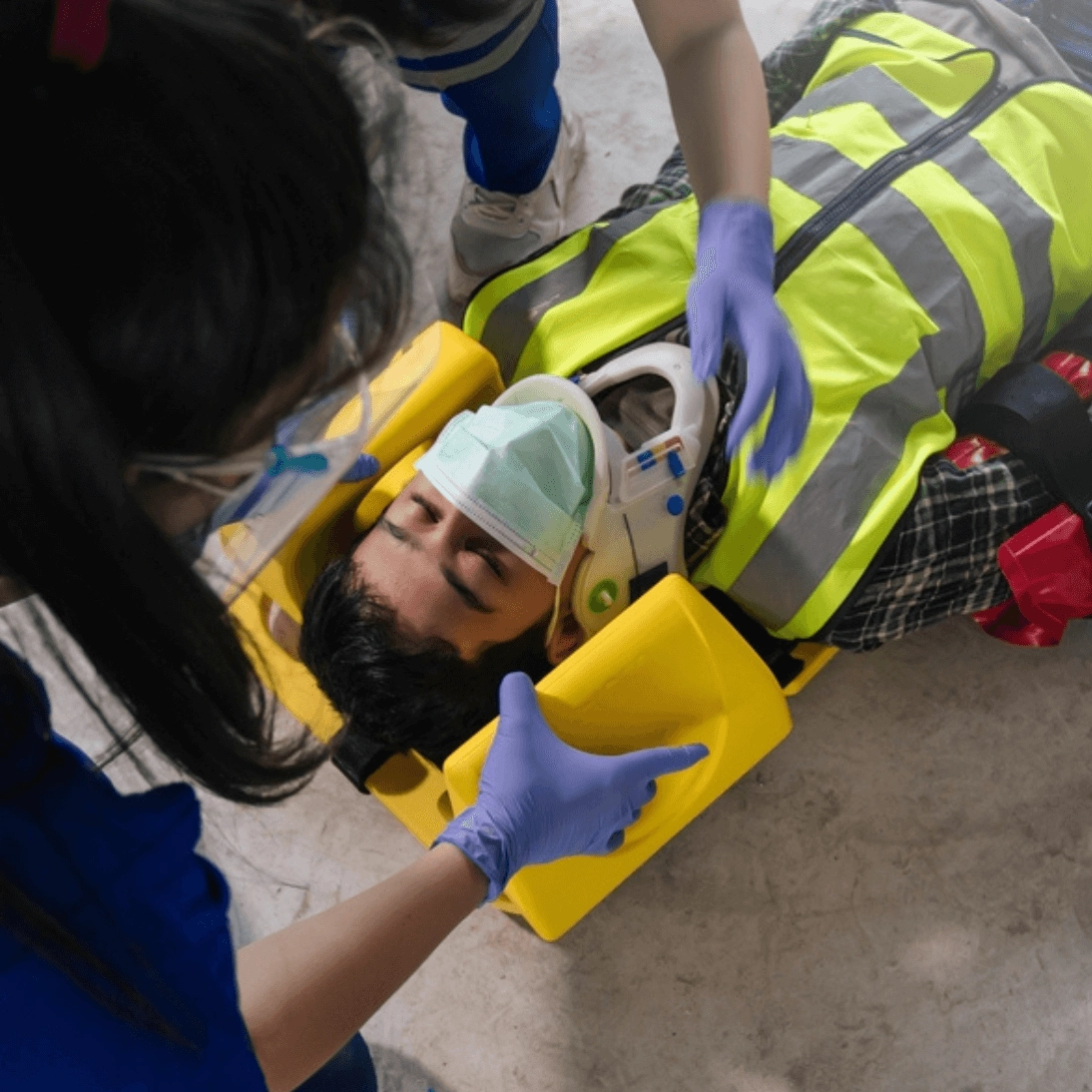
Advanced Trauma Imaging
Master rapid, accurate trauma imaging across X-ray, FAST/eFAST ultrasound, CT (pan-scan), and MRI for head, chest, abdomen/pelvis, spine, and extremities. Build bedside trauma positioning and mobile skills, while applying ALARA-driven imaging techniques.
- Approved by the ASRT (American Society of Radiologic Technologists) for 2.25 Category A CE Credits
- Subscription duration: 365 days from purchase date
- Downloadable transcript available
- Meets the CE requirements of the following states: California, Texas, Florida, Kentucky, Massachusetts, and New Mexico
- Meets ARRT® CE reporting requirements
- Accepted by the NMTCB®
- Hassle-free 30-day full refund policy*
The Advanced Trauma Imaging course will teach you about the rapid and accurate evaluation of traumatic injury imaging. You will view trauma imaging across X-ray, ultrasound (FAST/eFAST), CT (including whole-body “pan-scan”), and MRI, when to use each modality, and how their strengths and limits affect care pathways in head, chest, abdominal/pelvic, extremity, and spinal trauma.
You’ll learn modified positioning for immobilized or unstable patients, mobile radiography techniques, and practical ways to minimize motion while preserving diagnostic quality (e.g., tube angulation, horizontal-beam C-spine, tight collimation, appropriate SID).
The course also emphasizes safety and workflow, radiation protection using ALARA, coordinated communication with the trauma team, and infection-control practices in high-risk environments. We will also address special considerations such as pediatric (dose minimization and non-ionizing preferences), pregnant (balancing maternal stabilization with fetal exposure), and geriatric patients (high vigilance for subtle, high-risk injuries).
By the end, you’ll be ready to select appropriate trauma protocols quickly, adapt imaging techniques at the bedside, and collaborate effectively to enable timely, life-saving decisions in trauma care.
| Coming Soon |
Section 1: Advanced Trauma Imaging
- Introduction to trauma radiology
- Positioning and techniques in trauma cases
- Initial imaging in trauma: Brief Overview of modalities and protocols
- Region-specific trauma
- Safety and communication
- Special populations and considerations
- Chapter summary


